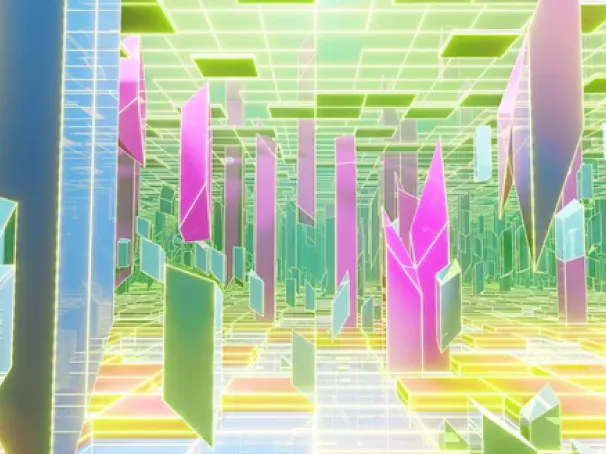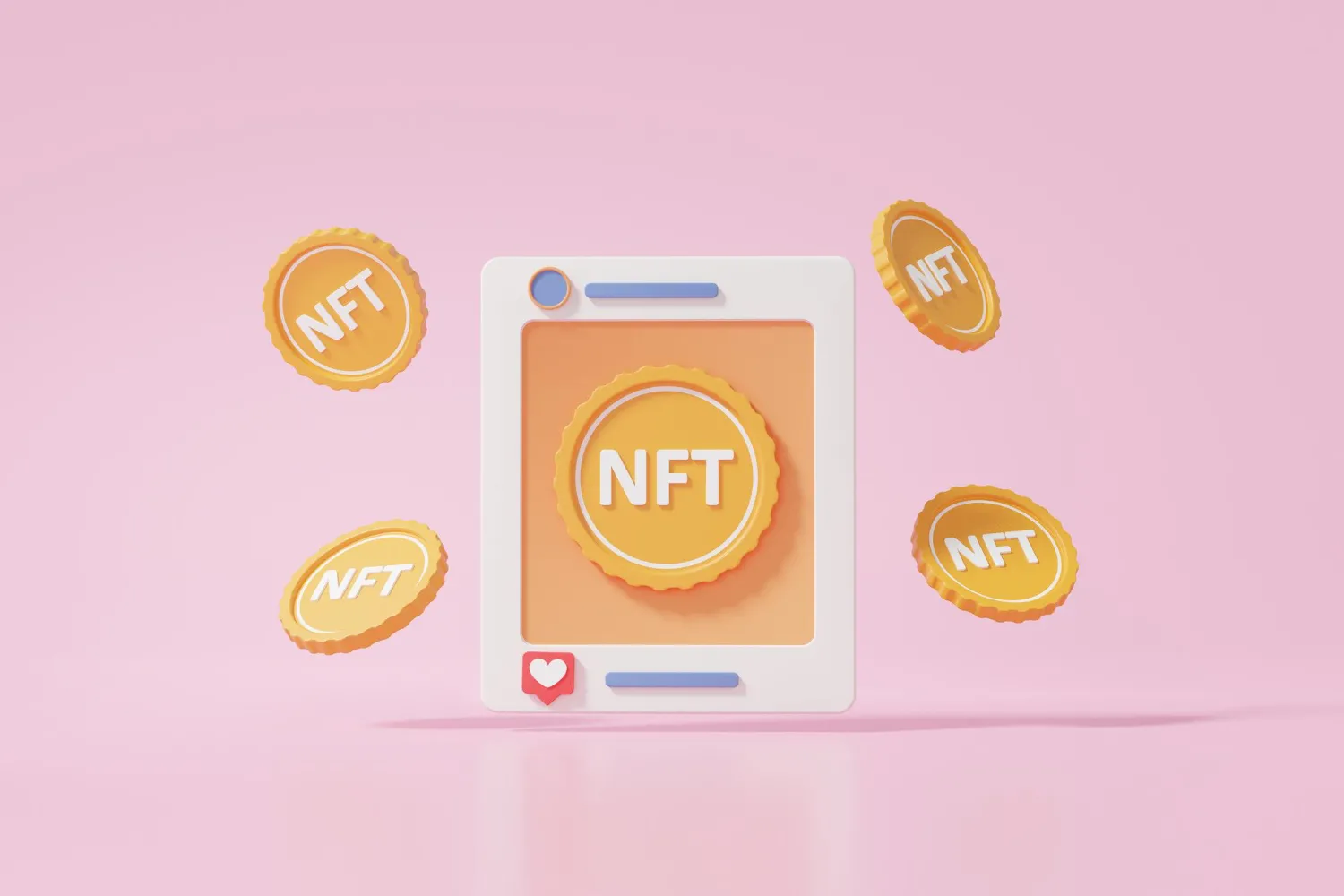Top 10 Best NFTs To Buy And Invest In
Non-Fungible Token is one of the most transient terms in the cloud. The majority of people are unfamiliar with the term NFT, but it is worth investing in....
The most popular kind of NFTs right now are static NFTs, which are primarily employed in play-to-earn gaming projects, digital collectibles, and NFT art projects. They provide a special value proposition for digitizing real-world assets like real estate titles, patents, and other distinctive identifiers in addition to these application cases.
Since the metadata associated with static NFTs is fixed once they are issued on a blockchain, this paradigm is, nonetheless, constrained by their permanence. Data updates are frequently necessary for use cases like tokenizing real-world assets, developing progression-based video games, or establishing fantasy sports leagues on the blockchain.
Dynamic NFTs are the natural next step in the NFT realm, allowing one-of-a-kind things to evolve and deteriorate. This mimics the fleeting nature of the real world and could offer a collected item great worth due to its current status.
You may make your NFT project more vivid and active by using dynamic NFTs, which are movable NFTs. This can be advantageous to your company in that you can easily tweak the NFT to meet your company's specific demands and add a variety of qualities.
NFTs can maintain their unique IDs while updating certain aspects of their metadata with dNFTs, giving users the best of both worlds. Simply put, a dynamic NFT is one that is subject to alter depending on environmental factors.
Change in a dynamic NFT frequently refers to modifications made to the NFT's metadata as a result of a smart contract. In order to accomplish this, automatic modifications are coded within the NFT smart contract, which instructs the underlying NFT as to when and how its information should change.
The next logical step in the development of NFTs is the development of dynamic NFTs, which enable the deterioration and evolution of unique objects. This reflects how quickly things change in reality and may make a gathered item extremely valuable given its present condition.
Using blockchain-based platforms, NFTs can be traded. Although there are certain restrictions: By themselves from all other systems, blockchains establish a safe environment. These security features prevent NFTs from interacting with data that is not part of the blockchain. In order to solve this problem, dynamic NFTs were created.
A world of endless possibilities for individual investors and potential businesses is made possible by the development of NFTs from 2D to 3D, which may be described as the transformation of NFTs from static to dynamic.
Dynamic NFTs are far more useful and applicable due to their ability to interface with real-world data sources.
The knowledgeable staff at ChainTechSource has launched numerous NFT projects and has a wealth of expertise developing NFTs.
Dynamic NFTs are a recently developed type of NFT that has a greater audience and level of acceptance among business owners and individual investors.
An NFT that is dynamic can have its properties and data affected externally in a continuous manner.
By tying NFTs to data not stored in a blockchain, developers can create Dynamic NFTs that can adapt and improve in reaction to actual occurrences.
Dynamic NFTs differ significantly from static NFTs in that they may even mint and add values in real-time.
The team at ChainTechSource is highly skilled and has extensive experience with the deployment of blockchain technology and NFT projects.
The name of the token, its attributes, and its file links are all defined in the NFT metadata. The metadata, which houses the components that give the NFT its use, is the essence of the technology while the tokenID serves as a permanent identifier for ownership that can be verified.
Numerous characteristics, some more uncommon than others, are frequently seen in generative NFT art pieces. These characteristics are given in an NFT's metadata along with an IPFS link to a picture or video that matches the characteristics of the NFT. These characteristics alter in a dNFT according to environmental factors.
Blockchain games can benefit from this functionality for character progression, which is a fundamental component of many different game types. The NFT's base stats are reflected in its metadata when a playable NFT character initially enters a game. The NFT's information evolves as the player gains more levels to reflect the character's development.
The tokenization of physical or real-world assets, which frequently necessitates the usage of a variety of shifting metrics, is another situation in which metadata updates are beneficial. An NFT for a property, for instance, might include information on the property's age, market value, and maintenance record. NFTs having the capacity to update with changing information are thus necessary for tokenizing these dynamic assets.
Since dynamic NFTs are more dynamic than static NFTs, they can help you reach your goals in the future more quickly.
01The experts at ChainTechSource can help you all the way through the creation of Dynamic NFTs.
02The creation of Dynamic NFTs by the experts at ChainTechSource is carried out using the most cutting-edge technology.
03Leverage the true potential of Dynamic NFTs


















